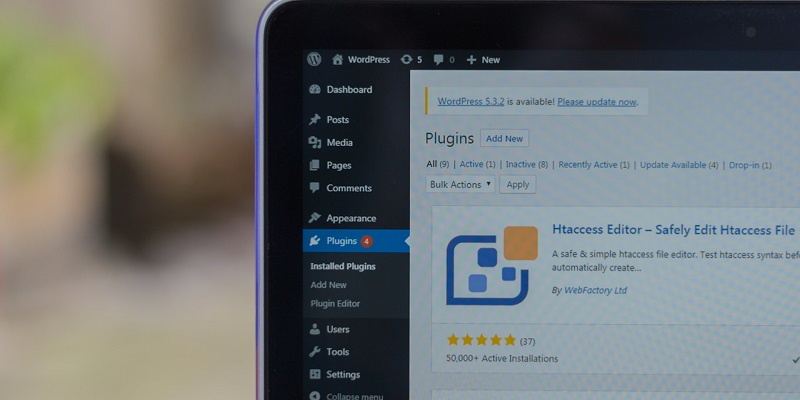In a recent security disclosure, the Ninja Forms plugin for WordPress has been found to have multiple vulnerabilities, putting over 800,000 websites at risk. These flaws, tracked as CVE-2023-37979, CVE-2023-38386, and CVE-2023-38393, expose potential attack vectors that can lead to privilege escalation and unauthorized access to sensitive data. It is essential for website administrators to take immediate action to address these vulnerabilities and protect their sites from potential exploits.
Security Vulnerabilities in Ninja Forms Plugin
The vulnerabilities affect versions 3.6.25 and below, leaving a vast number of websites open to potential compromise. With such a large user base, the impact of these security flaws cannot be overlooked.
CVE-2023-37979: Reflected Cross-site Scripting (XSS) Flaw
One of the disclosed vulnerabilities, CVE-2023-37979, is a reflected cross-site scripting (XSS) flaw. Exploiting this flaw could allow an attacker to escalate their privileges within the functionality provided by the plugin. Specifically, unauthenticated users can trick privileged users into visiting a malicious website, enabling the attacker to execute arbitrary scripts within the context of the victim’s session.
CVE-2023-38386 and CVE-2023-38393: Broken Access Control Flaws
The other vulnerabilities, CVE-2023-38386 and CVE-2023-38393, involve broken access control within the form submissions export feature of the Ninja Forms plugin. These flaws pose a risk to bad actors with Subscriber and Contributor roles, allowing them to export all Ninja Forms submissions, potentially compromising sensitive user information or other critical data.
Mitigation and Immediate Action
To protect WordPress websites from these vulnerabilities, it is crucial that affected users update their Ninja Forms plugin to version 3.6.26 or higher. The development team has released a patch to address these issues, making it imperative for administrators to promptly install the update to mitigate the risk of exploitation.
Patchstack’s Discovery and Reporting
The security vulnerabilities were discovered by Patchstack, a reputable company specializing in vulnerability management and security patching. They have provided a comprehensive report detailing the identified flaws, assisting website administrators and developers in understanding and mitigating the risks associated with these vulnerabilities.
Conclusion and Call-to-Action
The recently disclosed security vulnerabilities in the Ninja Forms plugin for WordPress pose a significant risk to over 800,000 websites. With the potential for privilege escalation, cross-site scripting attacks, and unauthorized data access, immediate action must be taken. Website administrators are strongly urged to upgrade their Ninja Forms plugin to version 3.6.26 or higher to address these vulnerabilities and protect their sites from exploitation.
Remember, neglecting these vulnerabilities can have severe consequences, potentially leading to data breaches, compromised user information, and potential damage to an organization’s reputation. Stay proactive, prioritize security, and take immediate action to safeguard your WordPress-powered websites from potential exploits.

